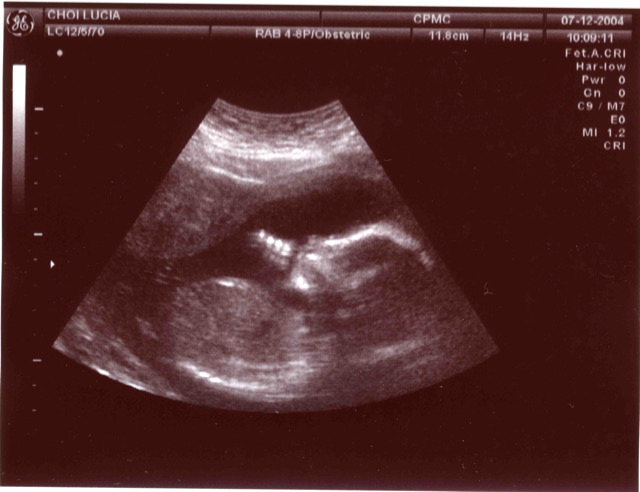What causes autism?
Interview with
Children born with autism struggle with their speech and language development, and they often have social and behavioural difficulties too. Scientists don't know what causes the condition, but in some cases the problem has been traced back to infections in an affected child's mother during her pregnancy. Now researcher Dan Littman, from the Howard Hughes Medical Institute in New York, has found in mice that a signal made by the immune  system reacting to infection can get across the placenta and into the brain of a developing foetus. There it appears to trigger brain and behavioural changes, as he explains to Chris Smith...
system reacting to infection can get across the placenta and into the brain of a developing foetus. There it appears to trigger brain and behavioural changes, as he explains to Chris Smith...
Dan - There has been speculation for quite some time that infection during pregnancy can lead to a higher propensity for having children with Autism Spectrum Disorder. A number of years ago, researchers developed an animal model and it's been shown that a substance that mediates communication between cells of the immune systems needs to be present in the mother in order for the behavioural deficits in the offspring. So we wanted to know what were the downstream pathways from this particular immune molecule, and found that there is transmission across the placental barrier and across the blood brain barrier in the foetus, such that substances from the immune system of the mother can actually talk to the developing central nervous system in the foetus.
Chris - So what is the molecule that's been found to be in the immune system of the mother that does this?
Dan - The molecule is called interleukin 17, and it is a molecule that's known to be important in protecting various barriers of the body, such as the intestinal tract, from all the microorganisms that are present there. And it's also a molecule that's known to be involved in autoimmune diseases, such as psoriasis or rheumatoid arthritis.
Chris - How did you find this? What did you actually do to show what the impact and influence of that interleukin signal was?
Dan - What we did was to induce the inflammation in the mother using a substance that mimics a viral infection, and after that we injected an antibody that targets this immune system molecule and basically inactivates it and showed that if we do that, we no longer see the behavioural changes in the offspring, and we also don't see the changes in the pattern of brain development in the foetal development.
Chris - How do you know then that the interleukin signal is what is going across the placenta and influencing the developing brain and not engaging with, or changing something else that then goes into the developing baby and causes the autism-like picture?
Dan - The evidence is that we discovered a receptor for this particular mediator (interleukin 17) is present in the developing foetal brain, and we can actually inject this mediator directly into the foetal brain and basically produce the behavioural and developmental changes, and this only occurs if the foetus has the receptor for this mediator. So it's very likely, this is the molecule going across the placenta, across the developing blood brain barrier and acting on the foetal brain.
Chris - And is that sensitivity there all through pregnancy or is there, sort of, a vulnerability window when an infection in the mother is most likely to produce an infant with behavioural change?
Dan - We believe that only during the second trimester is there susceptibility for the transmission of this particular behavioural change.
Chris - What is the purpose to the brain of using this particular signal? Infections are common, infections in pregnant mothers are common; it seems seems rather bizarre that the brain should be so sensitive to such a common signal in such a devastating way.
Dan - This is a very interesting question. A lot of receptors are used for multiple purposes; it is possible that it's a receptor for another mediator that we don't yet know about; it is possible that this particular mediator does actually act on that receptor for purposes we don't yet understand.
Chris - You did this in a mouse. Do humans have the same transmitter chemicals, the same signals that the immune system uses in these mice and, therefore, is this relevant to humans as well, do you think?
Dan - Yes, humans have almost exactly the same set of mediators and receptors. In fact, the mediator interleukin 17 is critical in illnesses like psoriasis, and the receptor for interleukin 17 is present in human brain, although this hasn't been looked at in great detail yet to see whether it's present in the same types of cells as in the mouse.
- Previous Goodbye Philae!
- Next Waste not want not










Comments
Add a comment